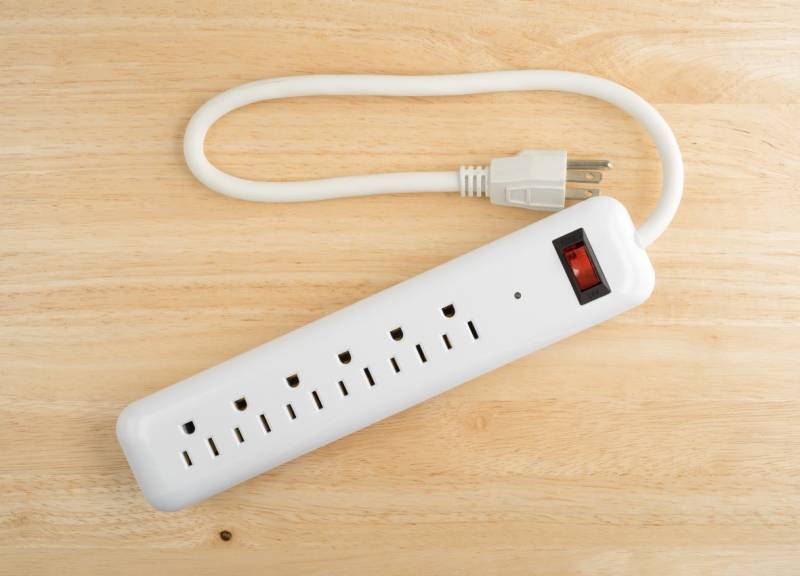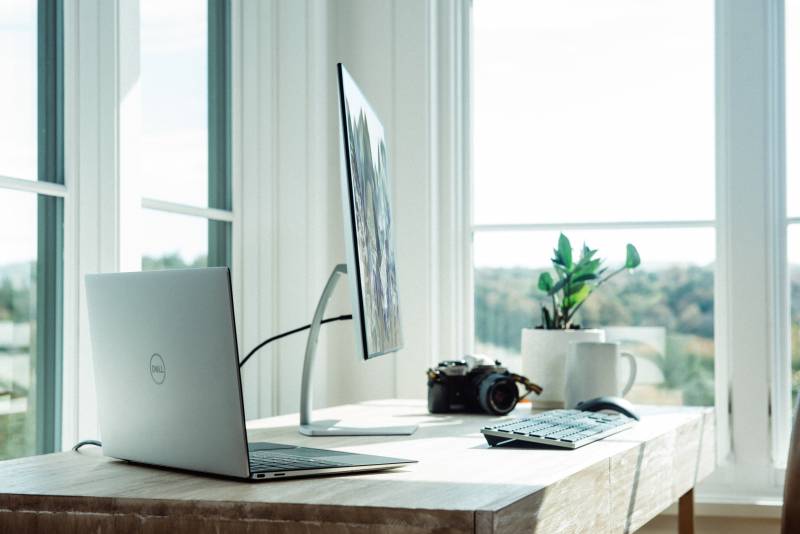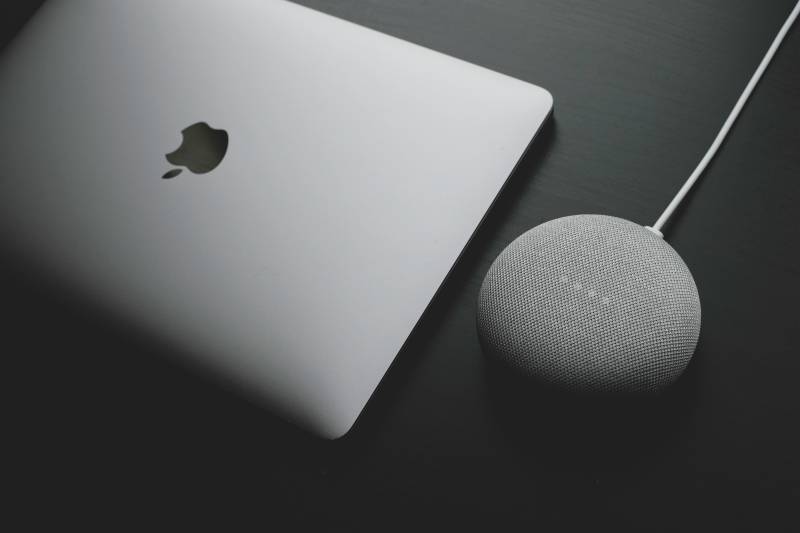The Coronavirus pandemic has meant spending a lot more time indoors and, for many, working at home, which has resulted in spending more money on gas and electricity. So here are our top 7 useful tips to save money on your energy bills during this time…

1. Use a Smart Power Strip
Traditional power strips are an affordable way to expand the number of electrical outlets in your home; however, their convenience can encourage you to leave electronics plugged in all the time, and many of these devices keep drawing power even when you’re not using them.
Printers, DVD players, computers, and plasma TVs are all examples of products with standby modes that make them convenient to use but suck significant power.
For example, did you know that the average household is said to waste as many as 7,374 hours of electricity every year when a device is left on standby?
Smart power strips, on the other hand, work to reduce your power usage by shutting down power to products that go into standby mode, which means you can easily prioritize what you do and don’t want to keep running.
Doing so may save you some serious cash.

2. Make the Most of Natural Light
If you’re spending more time working from home, it’s likely that you’ll have your lights switched on more than usual.
So rather than have the lights on and spending more money on electricity, make the most of natural light in your home by setting up your office in the room that gets the most daylight.
Open the blinds and curtains and let the sunshine in.
3. Swap to Energy-Saving Bulbs
If you do have to turn your lights on at home, make sure you’re using energy-saving bulbs.
Both Compact Fluorescent Lamps (CFLs) and Light Emitting Diodes (LEDs) are more efficient than halogen lights, with LEDs being the most efficient of all.
CFL stands for compact fluorescent bulbs, and they’re known for their energy efficiency and long-lasting power compared to incandescent. You can use them in place of incandescent bulbs, and they’ll ultimately save you money since you won’t have to replace them as often.
LED bulbs are longer-lasting and more energy-efficient than your standard incandescent bulb and focus their light in one direction as opposed to diffusing around a room, which makes them great for lighting up a specific space.

4. Use a Laptop at Home
Working from home has become the norm for a lot of people during lockdown, which means you’re probably using either a laptop or desktop during that time.
It’s important to know, however ,that using a laptop is more energy efficient than a desktop — your laptop will use just 75kWh per year, while a desktop can eat up as much as 194kWh.
Not only this, yet using a laptop will also mean that you have the freedom to work wherever you want to.
5. Use Timers and Dimmers
Timers, dimmers, and motion-activated lighting are convenient devices designed to provide cost-effective lighting and power control anywhere inside or outside your home or business.
Timer switches have two main uses: they provide timed On/Off controls of energy-consuming loads such as indoor and outdoor lighting, bathroom, closet or pantry lighting, pool pumps, hot tubs, fans, and even hot water heaters. Secondly, accurately timing the energy you need can really reduce energy costs.
Dimmers, on the other hand, work by adjusting the resistance to current flow, limiting how much power gets to the light and gating its light level to just the right amount for the specific activity. The ability to set these lights at lower levels saves energy and money.
Using timer and dimmer devices will have a positive effect on your energy bills not only during lockdown and quarantine periods but once the pandemic is over as well.
6. Wash Everything on Warm or Cold
Water heating consumes about 90% of the energy it takes to operate a clothes washer.
So unless you’re dealing with oily stains, washing in cold water will generally do a good job of cleaning, and even switching your temperature setting from hot to warm can cut your energy use in half.
Also, wait until you have a full load to wash — that saves on water, as well as energy.
7. Use a Clothes Line to Dry
This isn’t something you see that often anymore; however, using the natural power of the elements will have a big impact on cutting costs.
Tumble dryers use up a lot of energy, so try to avoid them as much as you can. But, if you do have to use the dryer, using drying cycles on a lower heat setting uses less energy.
Where and when possible, air-drying clothes instead of using a dryer not only saves money on your energy bills but also helps them last longer.

Leave your opinion here. Please be nice. Your Email address will be kept private, this form is secure and we never spam you.